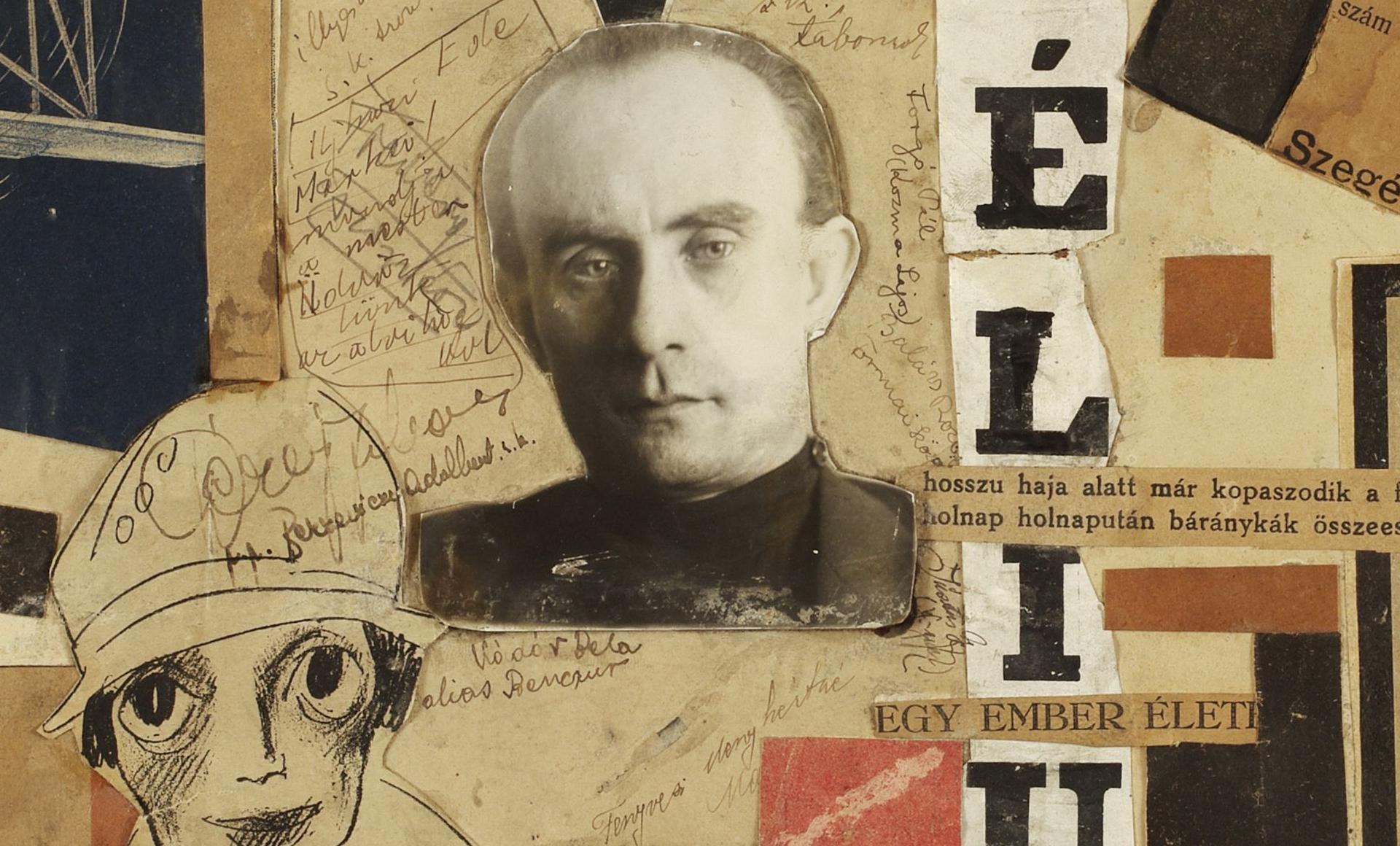
Szeredi Merse Pál és Dobó Gábor, a Kassák Múzeum munkatársai angol nyelvű online szemináriumot tartottak március 3-án az avantgárd lapok terjesztésének kérdéséről. Az ESPRit (European Society for Periodical Research) éves konferenciáját múzeumunk a KEMKI társszervezésében 2022 Budapesten tartotta. A részleteket lásd a lenti leírásban.
ESPRit online seminar: Knowledge transfer and materiality in and around avant-garde journals On March 3rd, at 4pm CET, with the team from the Kassák Museum–Petőfi Literary Museum in Budapest who hosted the 2022 ESPRit conference.
Abstracts
Gábor Dobó, 'Comrades and Censors: Tracing Implied and Actual Readers of Radical Periodicals During the Interwar Period'
This presentation examines the readership and reading practices of Hungarian working-class communities in Budapest, New York City, and Chicago during the interwar period, with a particular focus on radical periodicals such as Ma, 365, Munka, 100%, Új Előre, and Bérmunkás. By analyzing these publications and available sources such as trade union reading halls and social democratic book catalogs, this research aims to trace both the imagined and actual readers of these periodicals. Through an exploration of the intersection between avant-garde techniques and workers’ culture, this study reveals a synthesis of radical imagination and collective cultural practices that expanded the political imagination and fostered new forms of cultural production, performance, and consumption. This research also seeks to address questions about the types of materials available in archives about working-class readers, their reading habits, and the broader cultural infrastructure of the time. The presentation puts forward the hypothesis that the relationship between avant-garde laboratories and working-class milieus during the 1920s and 1930s has remained a historical blind spot, due to limitations in historiographical and archival research.
Merse Pál Szeredi, 'No clichés: Conflicting Aspects of Knowledge Production and Printing Techniques of Avant-garde Periodicals'
This presentation focuses on several visual aspects of the production of avant-garde periodicals during the 1910s and 1920s, with a special emphasis on Lajos Kassák’s magazine Ma (Today) and the archives related to the production of this periodical held in the Kassák Museum, Budapest. Even though visual arts have been an integral and – in several cases – central theme in avant-garde magazines of the early twentieth-century, the production, accessibility and material aspects of reproductions of visual artworks, as well as the role these reproductions played in the international networks between magazines, has not yet been studied in detail. This presentation aims towards a contextual analysis of different techniques, materials and technologies used to reproduce visual artworks in avant-garde magazines, and offers insight into the politics of networking and exchanging reproductions, stereotypes and printing blocks (clichés) between European magazine editors. Through examples related to Kassák’s magazine, produced in Budapest (1916–1919) and in exile in Vienna (1920–1925), it poses questions regarding interferences of financial means, accessibility, camaraderie and rivalry between avant-garde editorials.
Az előadások a Petőfi Irodalmi Múzeum – Kassák Múzeum "Kassák Lajos és Simon Jolán 1909 és 1928 közötti levelezésének digitális kritikai kiadása és a modernségkutatás új perspektívái" című, a Nemzeti Kutatási, Fejlesztési és Innovációs Hivatal OTKA FK-139325 számú kutatási projektjéhez kapcsolódtak.
